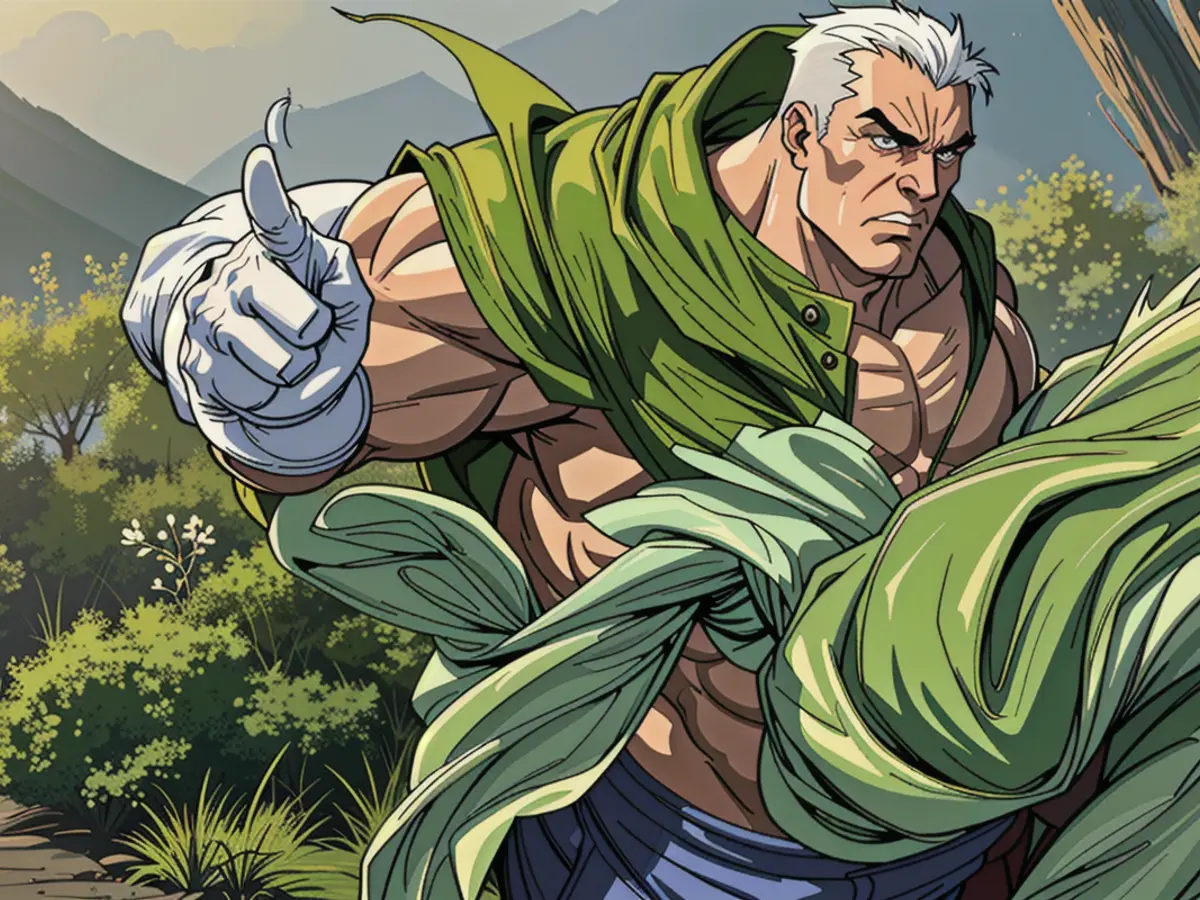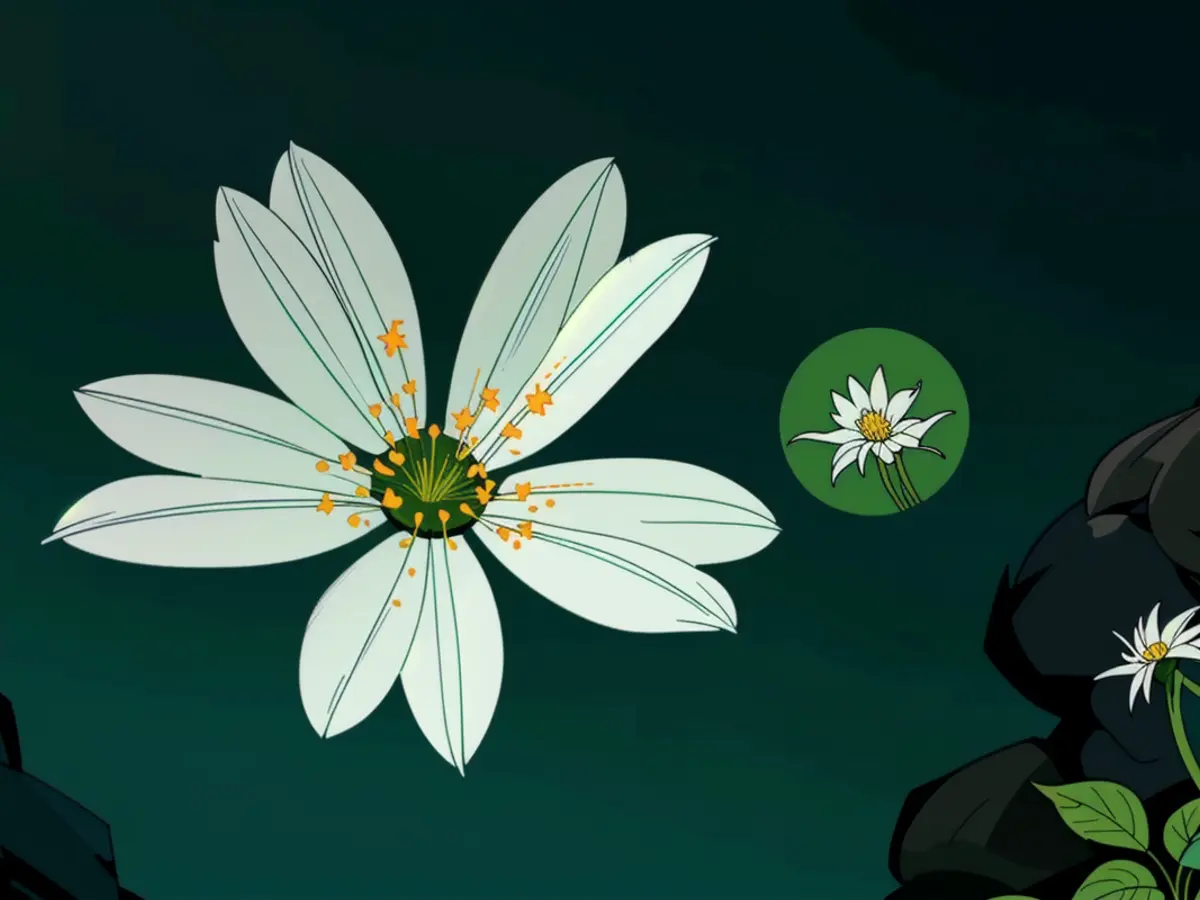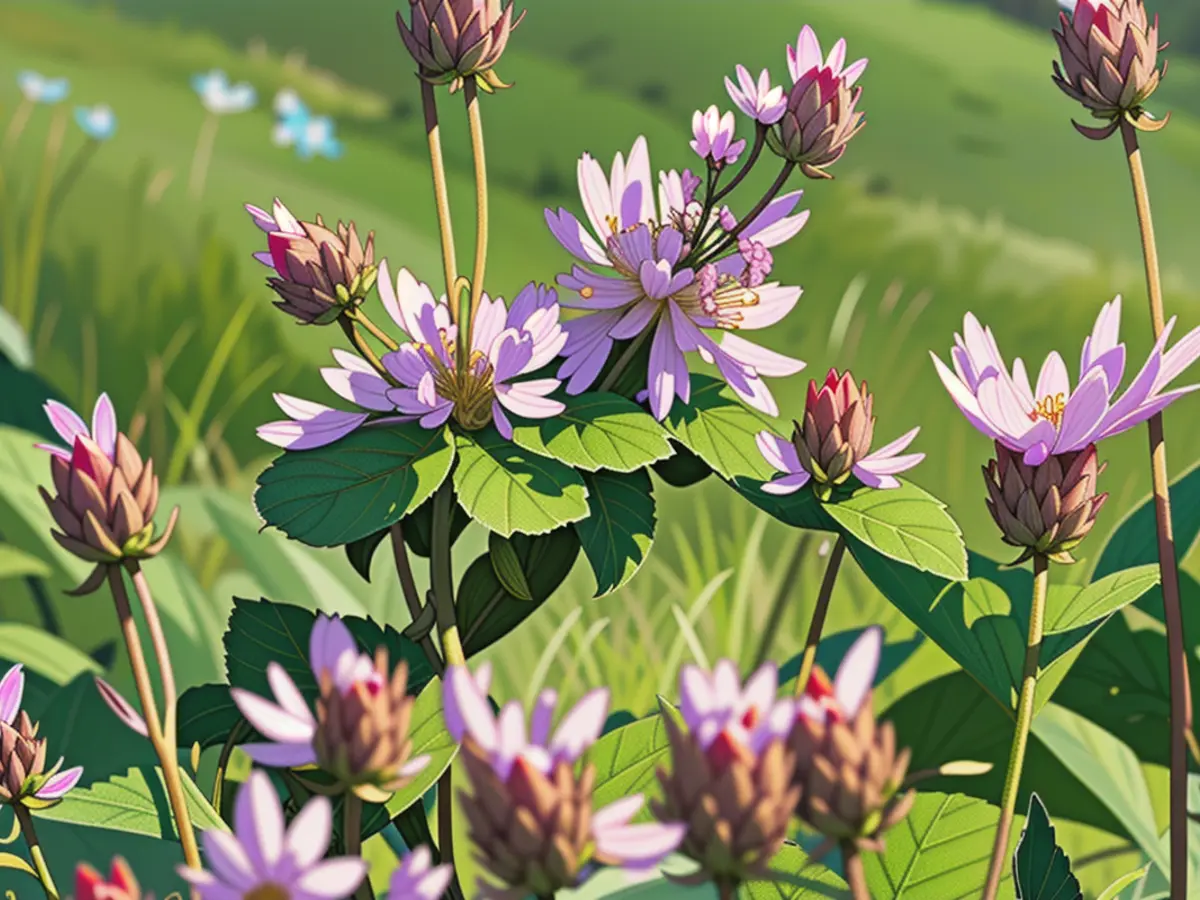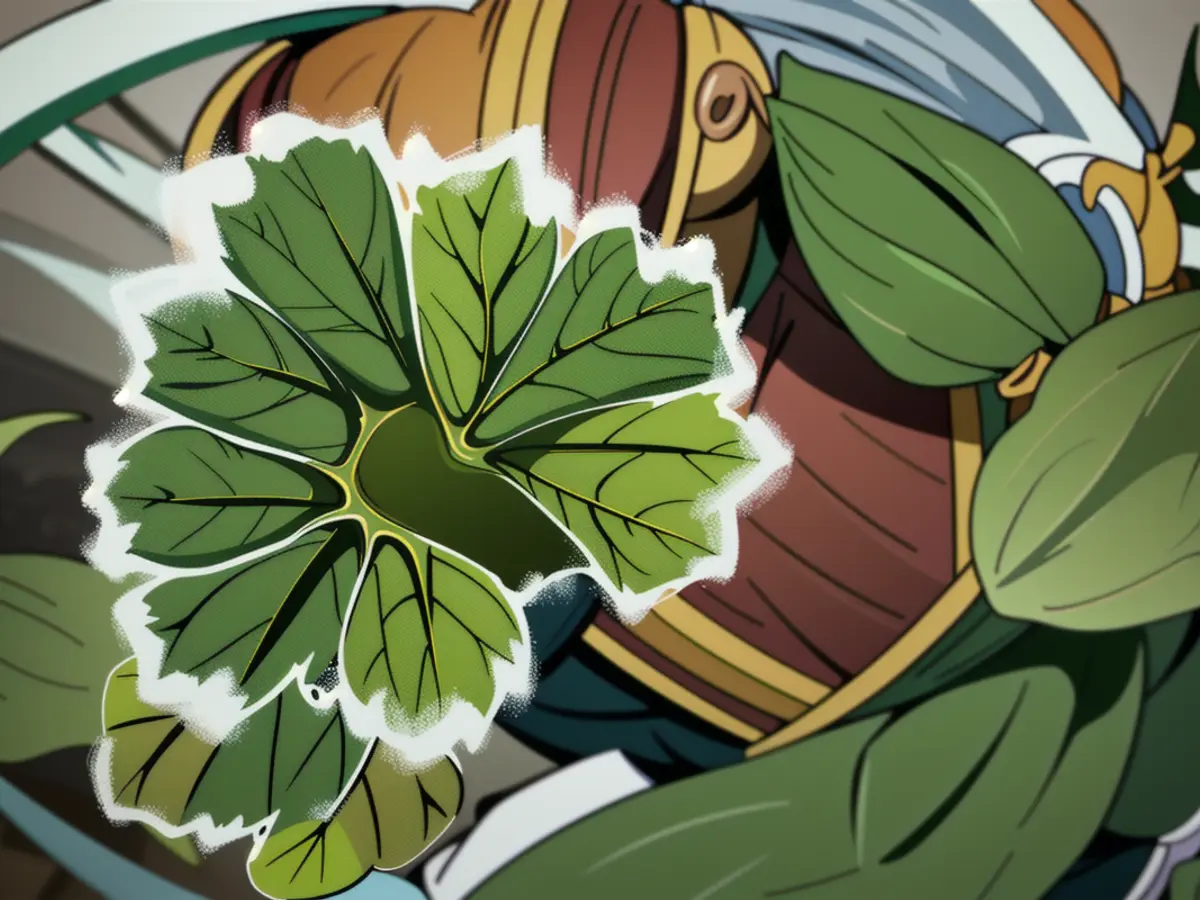Uncovering Eight Persistent Winter Weeds and the Expert-Recommended Methods for Eradication in Your Garden
As winter approaches, many garden plants enter a state of dormancy, but weeds aren't so easily deterred. Some weeds, like the prolific growers mentioned below, can even thrive in winter's cold temperatures. These weeds typically emerge in late summer or fall, forming small rosettes that survive the winter and grow back the following year. However, with the right approach, many winter weeds can be controlled before they become a major problem. In this article, gardening experts share their insights on common winter weeds and how to manage them.
- Adrienne Roethling, private estate gardener and former garden director for the Paul J. Ciener Botanical Garden
- Carrie Spoonemore, co-creator of Park Seed's From Seed to Spoon app
- Linda Vater, plant expert for the Southern Living Plant Collection
1. Bittercress

Bittercress (various species of Cardamine) is an annual weed that pops up in late fall. If left unchecked, it can grow until late spring. Private estate gardener Adrienne Roethling points out that we often see bittercress appear around the same time that we aerate, seed, and fertilize our lawns.
Bittercress is a tough plant that grows in most regions of the country. To control it, Roethling suggests mulching your beds with a 2-inch layer of double ground mulch. This can suppress and kill emerging seedlings. If hand-pulling is necessary, be sure to remove the entire plant, including the roots, to prevent it from spreading.

2. Chickweed
Chickweed (Stellaria media) is an annual plant that forms a flat rosette and produces tiny, white, star-shaped flowers. Though it's edible and attracts pollinators, it can be a nuisance in the winter landscape. Chickweed thrives in cool weather and is common throughout North America.

Applying a layer of double-ground shredded mulch may help suppress chickweed, but hand-pulling is also effective. Another option is to grow a groundcover plant, such as creeping thyme, which can outcompete chickweed. Plant thyme in the fall to create a continuous cover before chickweed emerges.
3. Hairy Chickweed

Hairy chickweed (Cerastium holosteoides) is similar to common chickweed, but it has small hairs on the leaves and stems. It thrives in moist soils and can be found in most regions throughout North America.
Hairy chickweed is less tough than common chickweed, so it's easier to control. Turf grass may suppress its growth, or you can apply a heavy layer of double-ground shredded mulch. Hand-pulling is also an effective method. If necessary, a post-emergent herbicide can be used, but caution should be taken to avoid harming pollinators and to apply it directly to the plant.

4. Deadnettle
Deadnettle (Lamium amplexicaule), also known as henbit, is a winter annual that spreads readily by seed. It has a shallow root system, making it easy to remove. However, the entire root must be pulled out to get rid of it effectively.

Deadnettle thrives in most soil types and performs well in most regions of the country. Deadnettle can easily take over desired areas if it's not controlled. To prevent this, it's important to remove it before it goes to seed.
5. Wild Onion

Wild onion (Allium vineale) is an attractive plant that can become a nuisance once it flowers and sets bulbs. It is a bulbous perennial and can be found in lawns, garden beds, and other unexpected areas.
The best way to get rid of wild onion is to hand-pull it. Spraying, mowing, or using pre-emergent granules are not effective methods. Be sure to remove the bulbs after flowering to prevent them from spreading.

6. Slender Speedwell
Slender speedwell (Veronica filiformis) is a plant that spreads through stolons. It can compete with turf grass and other groundcover plants. Hand-pulling can help control it, but it's important to remove the entire plant, including the roots.
Another way to combat slender speedwell is by laying ground fabric or cardboard over the plant. This can prevent it from spreading and growing.
In conclusion, winter weeds can be a challenge, but with the right approach, they can be controlled. By using methods such as mulching, hand-pulling, and planting groundcover plants, it's possible to keep your garden free of unwanted weeds. Don't let these prolific growers ruin your garden this winter.
Sure thing, let me rephrase that for you:
Creeping Charlie (Glechoma hederacea) is a persistent weed that can rapidly multiply in regions with mild winters. To restrain its growth, consider planting creeping thyme or Irish moss in spots where Creeping Charlie commonly appears. As Spoonemore explains, "This persistent weed finds it tough to keep up with creeping thyme in sunny or slightly shaded areas." Utilize creeping thyme as a barrier to deny creeping Charlie room and sunlight, specifically in regions susceptible to infestation.
As for Groundsel (Senecio vulgaris), it's an invasive plant that flourishes in cold climates. To suppress its spread, plant Irish moss in the early spring to grow a dense mat that stops Groundsel seeds from sprouting. "Irish moss generates a lush, low-growing mat that completely suppresses weeds by covering the bare soil," says Spoonemore. "Its thick foliage blocks sunlight from reaching weed seeds, thereby inhibiting their growth."
Martha Stewart, known for her expertise in gardening and landscaping, recommends using annual bedding plants to outcompete winter weeds in garden beds. By planting vigorous annuals like pansies or violas, Stewart suggests that gardeners can prevent weeds like chickweed from gaining a foothold.
Expert Linda Vater highlights the effectiveness of using mulch in controlling winter weeds in the Southern Living Plant Collection. Vater suggests applying a 2-inch layer of double ground mulch around garden beds to help suppress winter weeds, such as bittercress, before they become a problem.






